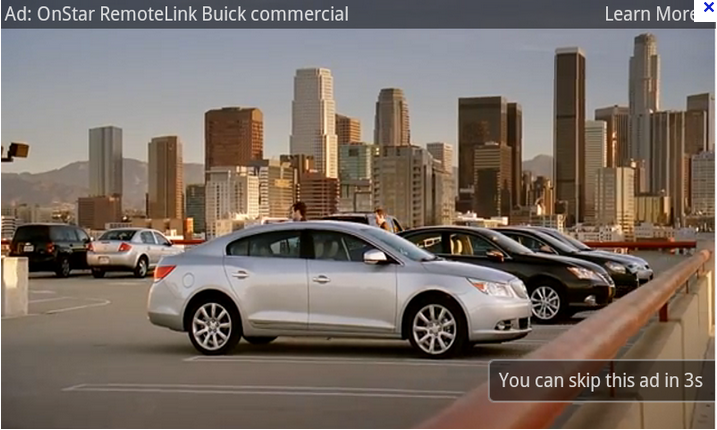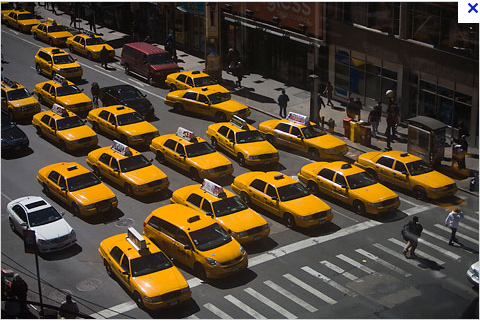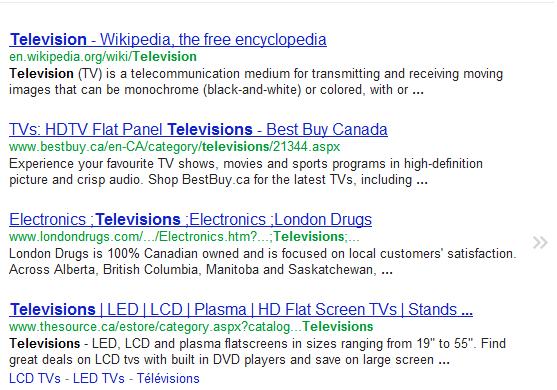This weekend I saw James Bond in theatres (amazing movie, highly recommend it!). What was interesting to my friends and I was that while waiting for the movie to begin and before the previews had started we were shown commercials. Even more interesting was that after 3 or 4 commercials we all had the same realization that this was the first time we had watched a commercial in months. Thanks to our trusty DVR’s, we have perfected the art of watching a 30 minute show in 21 minutes – commercial free.
Due to the influx of DVR’s, commercial strategies have evolved in recent years to account for viewers skipping through them. Instead of being placed on TV, companies have adapted by placing their commercials in other locations such as movie theatres before the movie begins. Other places include:
1. YouTube – we’ve all experienced the 15 second YouTube ad before we can watch our video, or the 1 minute ad that gives us the option to “skip this ad in 5 seconds”. The disadvantage of this tactic is that YouTube videos are available to viewers around the globe making it challenging to target a specific market.
2. Playing ads while the show is on – Often at the start of TV shows companies (overwhelmingly car companies place a moving ad at the bottom of the show. The advantage of this is that viewers have likely skipped the commercials and started to watch again as their show begins thus, having no choice but to watch the ad bouncing around the lower half of the screen.
3. Cabs – On the back of the front 2 seats in many cabs, mini TV’s have been placed playing commercials. The benefit of this is the ads can be very localized and specific to people in the city right now. Additionally, ads can change based on time of day or depending on where the customer is going.
From these examples alone we can see that companies are placing their ads away from TV and onto platforms where users can’t skip through them and where they don’t have much else to do except sit and watch them.









